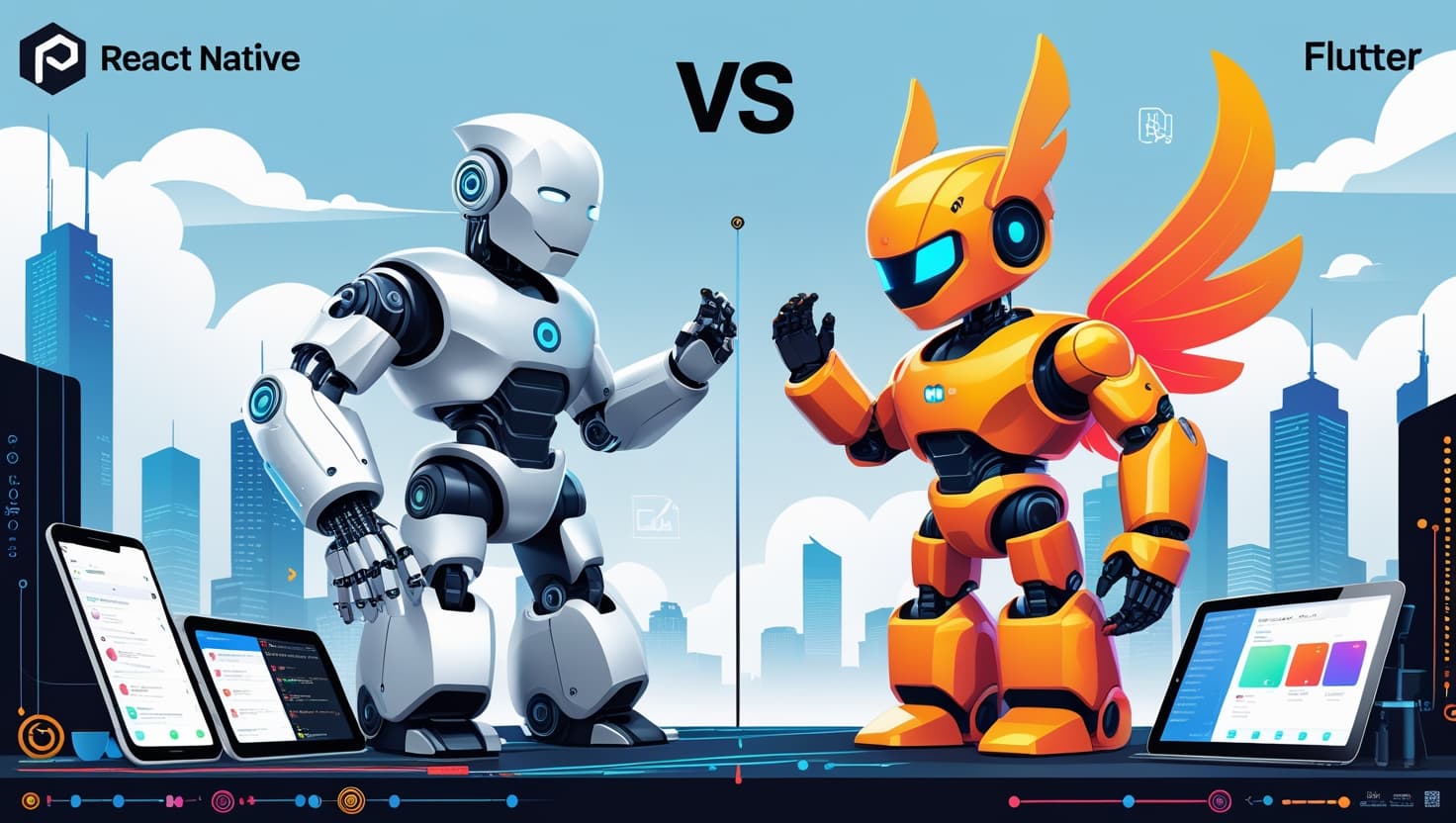How to Choose the Right Framework for Your Startup: A Guide to Fast and Efficient Development

In This Article, I'll Cover:
- Which tech stack really helps launch startups quickly.
- Why some solutions look beautiful but slow down growth.
- How to choose a framework not only from a developer’s perspective, but also through a business lens: hypotheses, budget, hiring, and support.
If you're just starting out — read on. If you're already in the game — let's compare notes.
Why Even Think About Choosing a Framework?
When you're launching a startup, especially with a limited budget and time, it's important not just to "write code," but to do so in a way that allows you to quickly validate your hypotheses, avoid technical debt, and not waste resources.
There are many platforms, teams may be small, and user demands are high. That’s why it’s crucial to understand what you gain and lose when choosing a particular tech stack.
As a founder, you're not just picking technology — you're betting on speed to market, team flexibility, and cost control. The framework choice can accelerate fundraising, simplify hiring, and even determine whether you'll survive after the first pivot.
Native Development
When to Choose:
- Your product focuses on performance and native APIs (AR, Bluetooth, camera, etc.).
- You are sure you’re focusing on a single platform (e.g., only Android).
- You need maximum control over UX and visual effects.
✅ Pros:
- High stability and performance.
- Direct integration with platform SDKs and UI solutions.
- Easy debugging, strong community.
❌ Cons:
- You need to write two apps = higher budget and longer timelines.
- Any features are duplicated in two codebases.
Conclusion:
Suitable if you’ve already fully validated your hypothesis and are heading to production. For MVPs, it's often excessive, unless you already have two native developers on your team.
Kotlin Multiplatform Mobile (KMM)
When to Choose:
- You have an Android background, and you write in Kotlin.
- You want to share business logic but keep the UI native.
- Your team plans for growth and support.
✅ Pros:
- One codebase for business logic, but a native UI.
- Entire net/data/core layer can be reused.
- Excellent integration with Android.
- Supported by JetBrains and actively developed.
❌ Cons:
- UI still needs to be written separately.
- An iOS developer is still required.
- Debugging the shared module on iOS can be challenging.
- Libraries are not always available or stable.
Clarification: Compose Multiplatform and KMM
Recently, KMM gained a new superpower — Compose Multiplatform, which allows you to write UI with Jetpack Compose not just for Android, but for iOS, Desktop, and Web as well.
What does this mean: You can actually write one UI code in Kotlin, and it will work on both Android and iOS.
This is still KMM + Compose Multiplatform, but now you get a nearly Flutter-like stack, just within the Kotlin ecosystem.
Flutter
When to Choose:
- You have a small budget and want to launch on both Android and iOS simultaneously.
- You need a beautiful, custom UI.
- Your team has experience with Dart or is willing to learn quickly.
✅ Pros:
- One codebase for both platforms.
- Convenient hot reload.
- Easy UI customization.
- Fast startup.
❌ Cons:
- Performance can suffer (especially with complex graphics or heavy scrolling).
- Sometimes it’s challenging to work with native SDKs (especially iOS).
- The app size at the start may be larger than usual.
Conclusion:
Ideal for MVPs, especially if you want to launch an app in the Store in a month and start measuring metrics.
React Native
When to Choose:
- You have a strong web team with React experience.
- You want to share code with the web version.
- You are building a simple app with minimal native calls.
✅ Pros:
- One stack for everything (JS, React).
- A lot of libraries and solutions from the community.
- Low entry barrier.
❌ Cons:
- Often need to write bridges to work with native code.
- Performance is worse than Flutter.
- UI components may lag or behave differently from native.
Conclusion:
Ideal if you already have a web team and want to quickly launch a mobile version.
Conclusion
Choosing the right framework for your startup is a crucial decision that can significantly impact your speed to market, team flexibility, and control over costs. Each framework has its strengths and weaknesses, and the best choice depends on your specific needs:
-
Native development is ideal when you need maximum performance and control over the user experience but can be resource-intensive, requiring separate codebases for different platforms.
-
Kotlin Multiplatform Mobile (KMM) strikes a balance by allowing you to share business logic between platforms while maintaining native UI, making it a good choice for teams with Android experience looking to scale.
-
Flutter is perfect for MVPs when you want to launch quickly on both Android and iOS with a beautiful, customizable UI. However, performance may suffer in more complex use cases.
-
React Native is a solid choice for teams with web development experience, allowing you to share code between your web and mobile versions, but it may require additional work to optimize performance and handle native code.
Ultimately, the right framework for your startup depends on factors like budget, timeline, team expertise, and specific app requirements. Choosing wisely can help you avoid technical debt and enable faster iterations, helping you validate your business hypothesis and move towards success.
